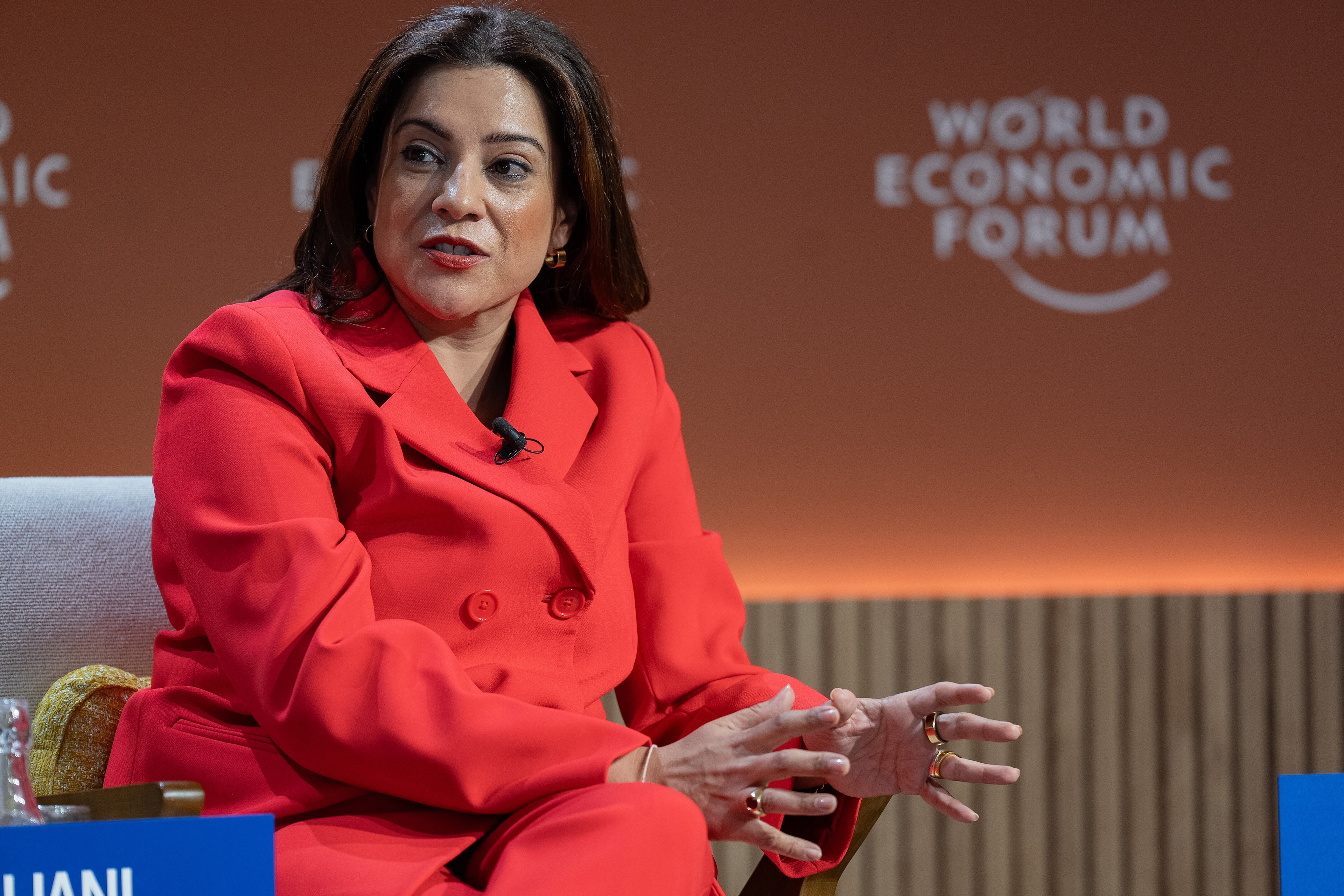What are hyperspectral imaging satellites – and how can they help combat climate change?

Hyperspectral imaging satellites can help safeguard our climate. Image: Unsplash/NASA
- A new era of hyperspectral imaging satellites can monitor and analyze the unique chemical fingerprint of plants, fabrics and other objects on Earth from space.
- This technology’s applications include preventing crop failures, finding gold or mineral deposits and safeguarding the environment from polluters and climate change.
- The World Economic Forum’s Global Future Council on the Future of Space initiative brings together an international collaboration of public-private partnerships to address current and future space sector challenges.
Trees, paints, cars, textiles and all other objects have a unique spectral fingerprint which enables satellite-bound advanced hyperspectral imaging systems to distinguish between them.
“So what?” you may say.
Take a tree, for example. While a typical satellite can identify a forest from space, when equipped with hyperspectral imaging technology it can distinguish between different types of trees and determine how healthy each individual tree is.
“Instead of just seeing a plant, hyperspectral imaging can go deeper and see the chlorophyll content of the plant, or the composition of the soil,” Aravind Ravichandran, a satellite data strategist with TerraWatch Space, told Via Satellite. “I call it … zooming to the properties and characteristics of whatever we're seeing, as opposed to just zooming into it as a picture.”
Unsurprisingly, this nascent field has attracted several start-ups keen on developing applications ranging from monitoring crops, finding gold deposits, identifying leaks from mining or energy installations, and more.

An image problem
The fundamentals of the approach were established in the 1970s and heavy investment over the past decade has seen the concept advance.
There is some way to go before it can be used for commercial use, not least overcoming hurdles like cost, miniaturizing system materials, developing software and machine learning models to process data quickly, and achieving better image resolution.
However, the market for hyperspectral imaging is predicted to be worth $47.3 billion by 2032, up from $16 billion today, according to a report from Spherical Insights & Consulting. With this incentive, several world governments and private companies have thrown considerable investment and resources at advancing the concept in the past few years.
Put simply, the technology works by using different wavelengths of light, dividing the spectrum into narrow spectral bands to determine each Earth object’s unique chemical signature based on how it transmits, reflects or absorbs energy in various wavelengths.
More bands of light are used than other spectral imaging technologies and the approach differs from other remote sensing technologies that work by measuring microwaves or radio waves.
Seeing the bigger picture
With an eye on the prize, several commercial start-ups plan to deploy satellite constellations for things like conducting crop analyses or monitoring mining operations from space.
Hyperspectral satellite analysis can help monitor crops for disease, pests or infestation, and nitrogen or moisture levels in a crop. When combined with ground-based data, weather information and historic crop information, it could help preserve or increase crop harvests.

Falling satellite launch costs in the past few years have given rise – literally – to exponential growth in the number of objects launched into space, which could facilitate many more potential use cases for hyperspectral satellites.
The technology can assist conservation efforts in numerous ways, such as analyzing levels of plankton in the ocean, determining when ships release fuel into the water, recording methane leakage levels from energy installations, or monitoring poisonous materials from the tailponds of mining operations and prevent them from leaking into the surrounding soil and vegetation.
Another application could be to locate deposits of gold deep below ground, by identifying the presence of chemical elements of its composition, such as copper, lead and cobalt. It can also identify other metals and minerals, such as lithium needed for the energy transition – and also note where they are not, to protect areas from unnecessary excavation.
How is the World Economic Forum fighting the climate crisis?
Combating climate change
On a more macro level, hyperspectral imaging can be used to help prevent or reduce the impacts of climate change, by detecting the flooding potential of a region by looking at soil saturation levels, for example. When combined with light detection and ranging (LIDAR) technology on Earth, the data can help determine where flood water will go and assess risk levels to different communities.
The technology has the potential to accelerate change, both through government and private investment. The World Economic Forum’s Global Future Council on the Future of Space initiative brings together leaders from government, business and civil society to address current and future space sector challenges to ensure sustainable and inclusive development.
After launching its first satellite into orbit, pioneering Indian start-up Pixxel is building a network of high-resolution satellites to observe planet Earth from space. The aim is both to help polluters reduce leaks and emissions from their operations and to watch for environmental violations to help combat climate crisis impacts.
Don't miss any update on this topic
Create a free account and access your personalized content collection with our latest publications and analyses.
License and Republishing
World Economic Forum articles may be republished in accordance with the Creative Commons Attribution-NonCommercial-NoDerivatives 4.0 International Public License, and in accordance with our Terms of Use.
The views expressed in this article are those of the author alone and not the World Economic Forum.
The Agenda Weekly
A weekly update of the most important issues driving the global agenda
You can unsubscribe at any time using the link in our emails. For more details, review our privacy policy.
More on Emerging TechnologiesSee all
Sebastian Buckup
May 17, 2024
Andrea Willige
May 16, 2024
May Habib
May 15, 2024






